
Growth Hormone: Physiological Effects and Its Use in Sports Doping
Growth hormone (GH), also known as somatotropin, is a peptide hormone secreted by the anterior pituitary gland that plays a central role in growth, metabolism, […]

Growth hormone (GH), also known as somatotropin, is a peptide hormone secreted by the anterior pituitary gland that plays a central role in growth, metabolism, […]

Hypopituitarism is a complex endocrine disorder defined by the partial or complete deficiency of one or more hormones produced by the anterior pituitary gland. The […]

Cushing’s disease, a clinical syndrome characterized by chronic exposure to elevated levels of glucocorticoids, represents one of the most striking examples of how hormonal imbalance […]
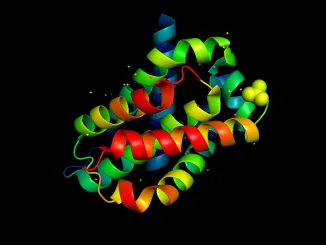
The extraordinary efficiency of enzymes has fascinated chemists and biochemists since their discovery, with the most remarkable feature being the ability of enzymes to accelerate […]

The sequencing revolution has transformed modern biology, leading to a vast increase in the number of protein sequences deposited in databases. While genome and transcriptome […]

The regulation of vascular tone is fundamental to cardiovascular physiology, as blood pressure, tissue perfusion, and organ function depend critically on the diameter of blood […]

Of all the intricate molecular machinery that operates within the bustling metropolis of a eukaryotic cell, few structures are as fundamental, elegant, and well-characterized as […]

Chemotaxis is one of the most fundamental behaviours exhibited by motile bacteria: the ability to sense chemical gradients in the environment and to adjust movement […]

The sliding filament model of muscle contraction is a cornerstone of modern physiology, describing the mechanism by which muscles generate force and shorten. According to […]

Proteins are the workhorses of biological systems, underpinning nearly every cellular process from catalysis and signaling to structural support and immune defense. Their extraordinary versatility […]

Cancer has long been understood as a disease of dysregulated cell growth, survival, and proliferation. While multiple paradigms exist to explain the complex processes that […]

Hormones are indispensable chemical messengers that regulate a broad spectrum of physiological processes, ensuring that the human body functions in a coordinated and balanced manner. […]
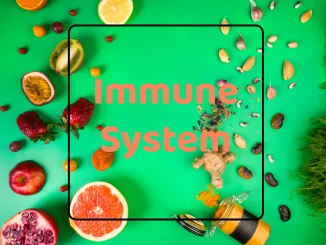
The immune system of vertebrates is composed of a complex network of cells, molecules, and pathways designed to recognize and neutralize potentially harmful agents while […]
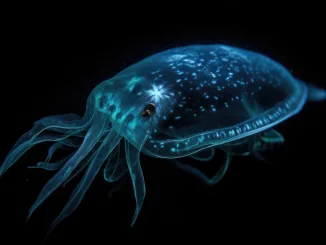
Quorum sensing (QS) is a conserved mechanism used by bacteria to coordinate group behaviors in response to changes in population density. It allows microbial communities […]
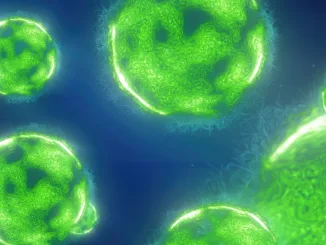
The cell cycle is the fundamental process by which cells grow, duplicate their genetic material, and divide to form two daughter cells. This cycle underpins […]
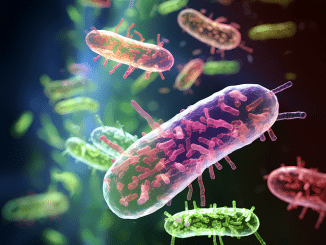
Escherichia coli (E. coli), a Gram-negative bacterium that resides in the intestines of warm-blooded organisms, has long served as a model organism in molecular biology. […]
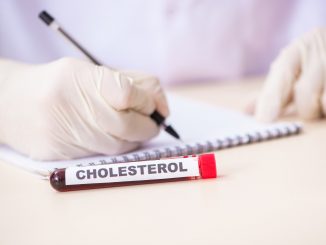
Cholesterol is a waxy, fat-like substance that your body uses to build and maintain cells, make certain hormones, produce vitamin D, and create bile acids […]

Bile acids are detergent-like molecules made in the liver from cholesterol that help your body digest and absorb fats and fat-soluble vitamins. They’re a key […]

Photosynthesis, the essential process by which plants, algae, and certain bacteria convert light energy into chemical energy, relies on the orchestrated action of two multi-protein […]

Northern blotting is a fundamental molecular biology technique used to detect and quantify specific RNA molecules within a complex mixture of RNA extracted from cells […]
Copyright © 2025 | WordPress Theme by MH Themes